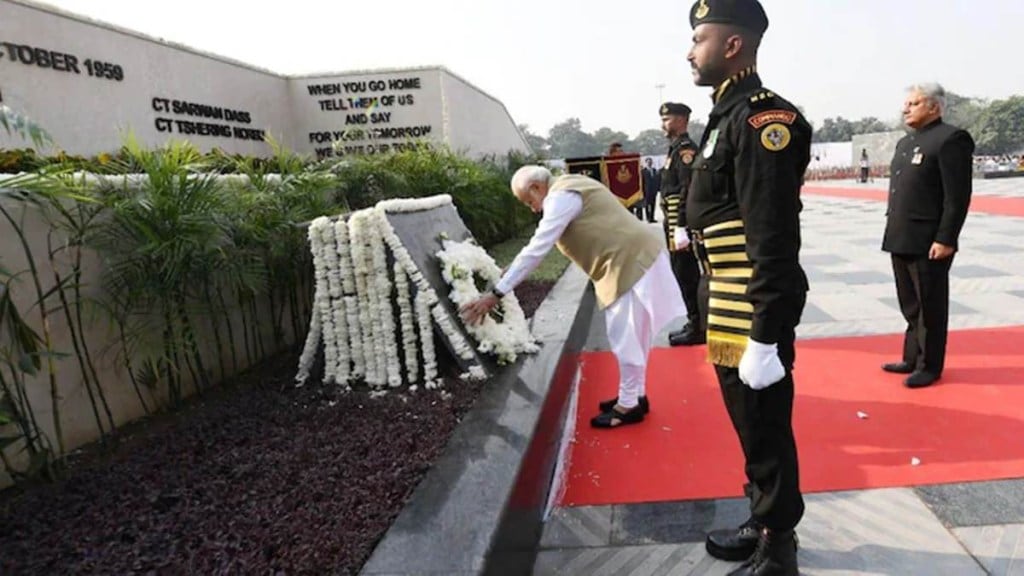Ten Indian policemen were killed in an assault by Chinese forces in the Hot Springs area in Ladakh on October 21, 1959, after a dispute between the troops.
October 21 honours the sacrifices of 10 CRPF soldiers who died in the line of duty. Ten Indian policemen were killed in an assault by Chinese forces in the Hot Springs area in Ladakh on October 21, 1959, after a dispute between the troops.
This incident began on October 20, 1959, when the Central Reserve Police Force (CRPF) was responsible for guarding the 3,100-mile India-Tibet border. In order to keep a watch on the Indo-China border in North Eastern Ladakh, the 3rd Battalion of the CRPF dispatched three different patrols to the Hot Springs area. Two police officers and a porter from one of the three contingents did not return.
A fresh contingent comprised of all available personnel and headed by DCIO Karam Singh was mobilised on October 21 to look for the missing unit. As the Indian forces neared a hilltop in Ladakh, the Chinese Army opened fire on them. Seven Indian police officers were captured by the Chinese, and ten were slain while on duty. On November 28, 1959, almost a month later, the Chinese handed over the remains of the martyred police officers to India.
Pursuant to a decision passed at the Annual Conference of Inspectors General of Police of States and Union Territories in January 1960, October 21 is now observed as Police Commemoration Day or Martyr’s Day. Since 2012, a procession has been organised on October 21 at the Police Memorial in Chanakyapuri, Delhi.
On October 15, 2018, Prime Minister Narendra Modi launched the first national police museum in India in Delhi. The museum is managed by the Intelligence Bureau and the Central Armed Police Forces (CAPF).

